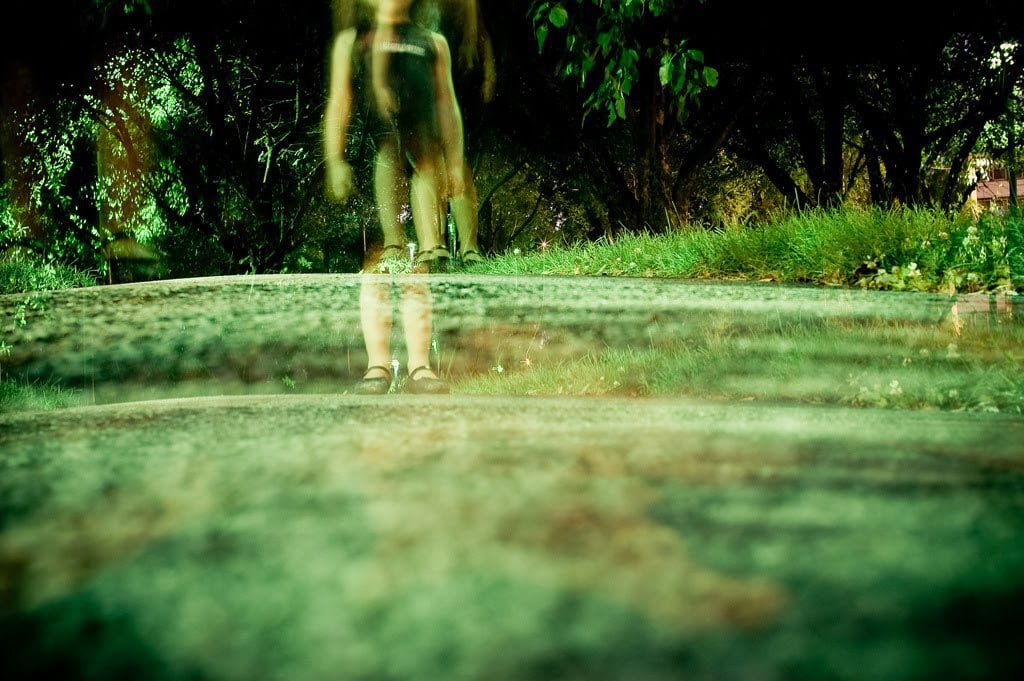Editor's Note: I am rescuing this article from the archive because of its interest and value to many users frustrated by damn blurry photos.
Today I will share with you a few tips on how to avoid shaky photos , a problem that gives more than one a headache and whose solution is extremely easy if we follow a few steps that I will explain below.
Let's first see why some photos come out blurry or blurry. Later I will detail the simple steps to follow.
WHY ARE SOME PHOTOS BLURRY?
The main reason why a photo comes out shaky is mainly one: because the camera suffers some movement during the time it is capturing the image (during the exposure time). There is no other explanation. Actually all the other motifs revolve around it.
HOW TO AVOID SHAKY/BLURRED PHOTOS?
1- Adopt a comfortable and correct posture, tuck your elbows in: Whenever possible, it is advisable to adopt a comfortable posture that helps us reduce the vibrations of our own body. A very common mistake among those who buy an SLR camera and start taking photos without even looking at the instruction manual is to hold the camera incorrectly. The following illustration shows the correct way to hold a camera.
2- Use a tripod, or improvise one: Obvious advice but it could not be missing from this list. In the absence of a good tripod there are very cheap alternatives that will not cost you much. You can use a wall as a support, a table, or any type of fixed and stable support. Of course, if you leave the camera on top and drop it, be careful that it does not fall.
Another trick to stabilize the camera would be to use our own body as a tripod: resting the elbow on the ground (or on some very stable support) for example.
3- Use a remote trigger or shoot with a delay of 2 or 10 seconds: This advice is useful and complements that of using a tripod. A remote shutter allows us to shoot the photo avoiding the slightest movement caused by the action of shooting the photo. With the retarder function you can achieve almost the same result.
4- Activate the vibration reduction function: Most modern cameras offer the possibility of significantly reducing movements and vibrations. Some SLR cameras have this feature built into the lens itself, such as Nikon, in which case the Vibration Reduction feature is called VR. The one from Canon is called IS and it goes on the lens too. Others like Pentax and Sony carry it in the camera body itself. This option is very useful and I insist, it greatly reduces vibrations, especially when we use a telephoto lens.
5- For SLR and bridge cameras: use a fast shutter speed: If you have an SLR you can have full control over the shutter speed. The higher the shutter speed, the sharper the photo will be.
6- For SLR and bridge cameras: capture all available light: This advice matches the previous one. If you use a very high shutter speed it is easy for the photo to come out dark (clear but dark). To solve this we can play with the light parameters: open the lens diaphragm so that the camera captures more light, use a somewhat high ISO value as much as possible, and if necessary activate the flash .

As you can see, these are very simple steps and they can save you a HUGE upset when sitting down to view your photos on your computer. We have all been frustrated at some time when checking how moved a photo has come out.
Unless, in a fit of edgy creativity, we've deliberately taken shaky photos, because by the way, some photographers pull off GREAT shaky photos that I personally can't help but admire, like the blurry girl in the grass. A marvel.


